16.8 Million Kernels!  The final numbers are in and they are BIG! After much measuring, converting and comparing, our class has determined that it would take 16,837,632 kernels of popcorn to completely fill our classroom .... more or less. (: This amazing estimate is based on a room size of 3,248 cubic feet and an estimated 5,184 kernels of popped corn per cubic foot. Does anyone care to validate? More on Estimation... We continued flexing our estimation muscles by tackling the classic "how many jellybeans in a jar" problem. Rather than jellybeans, I gave the students two different sized jars filled with multi-colored glass beads and asked them to guess how many beads were in each jar. Most students initially just guessed, or computed a rough estimate based on counting how many beads covered a certain area of the jar and then extrapolating. We went on to discuss a more mathematical approach which uses the formula for the volume of a cylinder (handout found here). Essentially, this involves counting the number of beads that form a circle around the base of the jar to get a circumference, using that number to compute a radius, finding the area of the base of the jar (in bead units), estimating the height of the jar as number of beads, and then computing a final volume of beads. This not only provided the students with a good review for computing area of a cylinder, it also allowed them to see that with just a little more effort, their estimates could be greatly improved. Most initial guesses were far off the mark, whereas many of the volume estimates came within 15% of the correct number of beads. Students went on to estimate the number of mini tootsie rolls in a plastic box using the formula for volume of a cube. And then of course enjoyed the fruits of their labor by partaking in a few of the chewy treats! In addition to employing these basic volume calculations to improve our estimates, we also discussed the challenges of estimating irregularly shaped items (such as the glass beads and the tootsie rolls) versus more uniformly shaped items (such as marbles). So, the next time you find yourself facing a "jellybean jar" challenge at your local library or museum, remember these estimation tips and you may just win that itunes gift card! Wrapping up with Rubik
Next Week - Final Class! Sadly, next week will be our last class meeting. Students were sent home with a building challenge - to design a paper bridge capable of supporting the weight of 100 pennies. Make sure you work on these at home and perfect your designs. You must recreate your bridge in class and prove that your design is structurally sound and will not buckle under the pressure! We will also have a surprise building challenge - and who knows, there may even be a prize at stake...
Good luck and have fun! We wrapped up our unit on The Whipping Boy in class this week with a round-table discussion of the second half of the book. Students worked for about half the period on completing their sections of the Whipping Boy Castle artwork. We decided it would be fitting to decorate the castle exterior in a variety of intermingled colors - much like a mosaic! Next week we will mount the completed castle on poster board and display it in the classroom. Look back here next week for a photo of our students with their beautifully designed literary castle! Once Upon a Time...
Our Last Book!
"It's all over but the shouting..."Our final deadline for The Mosaic Monthly is upon us! All articles must be sent to me no later than midnight tonight -- Tuesday, January 22. We went around the room yesterday after our layout session and made sure everyone was aware of what articles and/or images they were responsible for sending. If anything remains unclear, questions should be asked TODAY!
I still need student fairy tales for our booklet -- I do not have everyone's yet. If I can manage to get everything together, I will have it printed up and distributed after the semester break. Yesterday, we spent some time re-visiting what makes a great feature article. Many students had some problems with feature articles the first time around, so we're having another crack at it! Students closed their eyes and for five minutes envisioned the most interesting thing they have ever experienced. After the five minutes, we broke into groups of two and described our interesting experience to our partner for five minutes, without stopping. After stories were shared, we returned to our desks and wrote our stories, again without stopping, for five minutes. Stories are to be finished at home this week and brought in next Monday, where we will read them to our partners and go on to the next phase of the exercise. Hopefully, they will understand that feature writing is really just great newsworthy story telling in disguise! Next week: J-Jargon Final Challenge! There may be a gift card prize involved for the winner. A Whole Lotta Popcorn! So, the question remains: Just how much popcorn would it take to fill our classroom? Students continued their analysis and discussion of the "popcorn question" in class this week. Our two groups came together to compare notes on their independent measurements of room size and the overall space that the popcorn will need to occupy. Having taken measurements of the room dimensions in a previous class, students worked on subtracting out the space occupied by certain immovable components such as cabinets, shelves, and ceiling soffits before computing an overall room volume. One important objective of the project is to observe how similar (or dissimilar!) the approaches, measurements, and final estimates are between two groups working independently. The process has provided some basic, worthwhile lessons so far:
The Value of Knowing How to Estimate  For students, the question may arise at this point - exactly why should we care how much popcorn fills the classroom? Well, I'm glad you asked! It turns out that many seemingly inaccessible questions such as these arise in our everyday, academic, and professional lives (or will - somewhere down the road), and therefore cultivating a working knowledge of how to make sound estimates is an important aspect of what is required to become a good problem solver. How much money will I need to save to pay for a full college education? How many bricks would be needed to construct a building of a preferred dimension? How much breathable air is contained inside a sealed room of a given size? How many people could survive inside and for how long? How much agricultural land is required to feed a family of 5? 100 people? a nation? If everyone in the country needed to be inoculated against a virulent strain of the flu, how quickly could this be accomplished? These and an infinite number of other varied questions and problems require us to make well-informed decisions based on a chain of reasoning, estimation, and calculation which require skills you are asked to use in the popcorn problem:
So, while we may never actually need to fill a classroom full of popcorn (as fun as that would be!), students should recognize that the process of determining how we might do so develops and broadens our critical thinking and problem solving abilities in a variety of ways that truly are relevant and valuable. See you all next week! 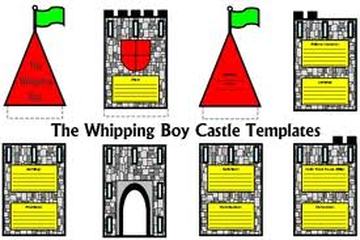 We began our discussion of The Whipping Boy (Chapters 1 - 10) this week with a read-aloud from The Children's History of the World to provide students with some background on the setting of the novel - Medieval Times. Students then answered a series of reading comprehension questions and discussed the main characters and plot of the story, as it has unfolded thus far in this amusing and action-packed tale. We will continue to review the literary elements that we have been discovering and studying all semester in order to reinforce our understanding of each and to ensure that students can articulate the definition of these terms, and most importantly - understand how to uncover them in a novel.
Journalism Students, here are this week's reminders:
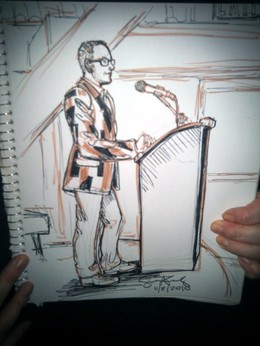 Stock photo (any resemblance is coincidental) Stock photo (any resemblance is coincidental) Yesterday, after a discussion and exercise on what makes a good news story, we had a special guest for the last 20 minutes of class. His journalism background includes being the former Editor-in-Chief of the award winning "Re-Marker" -- the school newspaper of St. Mark's School of Texas, winner of the "Golden Pen Award" from the Dallas Morning News for an essay on the banking crisis in the late 80's, weekly financial columnist for the Saratoga News, World Net Daily columnist, and TabForum contributor (a leading site for financial technology). Today, he blogs daily on subjects such as politics and economics. Mosaic parent, John Harris, spoke to the students about how to overcome two of their biggest challenges -- choosing topics and writing more content than they think possible. He touched on ideas that we have covered this semester -- writing about what interests you and being more aware of current and/or local events so that you have something to write about! After his talk, each student asked John an open-ended question. After leaving class, John wrote to a journalist-friend in California that, "There is hope for the future." I think so, too.  The results are in: the 8-10 year old group collaborated on the "Lost on the Moon" exercise and performed better in small groups than they did individually! Their individual scores were within nine points of one another, which I thought was very interesting (possible scores have a wide range). When they came together in groups of three and argued their positions, consensus building began and answers had to be supported by logic and existing knowledge of space and the moon's characteristics. We made the connection that scientists often use consensus building in problem solving and talked about why that might be necessary or valuable. We took this opportunity to blend in basic math skills when discussing the suggested answers and calculating our scores (fraction of a whole number, adding columns of two digit numbers, and finding averages). After finishing the "Moon" exercise we worked through some extra practice problems. Your student should have a handout in his or her binder -- we worked through the problems and answers together for all except the last problem. The students had a couple different answers for the "cow" problem, and I'd like them to think more about it this week and be prepared to discuss next Monday. Also, for homework, is the "Stranded on a Desert Island!" activity. Have them complete numbers 1-2 only at home -- we will do numbers 3-5 in class and discuss our answers using our new consensus building skills! We will explore further the idea of individual decision making vs. group decisions and talk about circumstances where one method might be better than the other. See you next week -- remember the semester ends on Monday, January 28, and a new one begins Monday, February 11. Thank you! 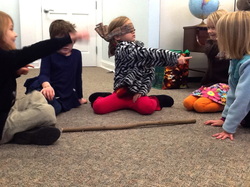 Before Christmas, we spent two weeks learning about the Lenape tribes that lived in New Jersey before the European settlers arrived. We especially enjoyed playing Lenape games and making clay pots. This week we learned about the explorers who traveled around the world looking for an easy route to India. Did you know that they wanted spices to mask the taste of rotten food? After reading from A Child's History of the World, we smelled many different spices. We also learned about navigation methods. We made our own compasses, using magnetized paper clips. We also learned constellations, and painted pictures of the night sky. At the end of the day, we enjoyed Eric Carle's Draw Me a Star. Next week we will learn about the lives of the early European settlers. New Book Selections! It was great to see everyone back in class after the long holiday break! The students were eager to share their book selections and to vote for our final two books of the semester. They all took a few minutes to share what they feel makes a "good book". The top criteria were: interesting, memorable characters; exciting stories filled with adventure and action; humor; and well... "not too much" drawn out, descriptive writing! The students then carefully evaluated eight books which they had put up for consideration, based on my reading of synopses. Votes were cast by secret ballot for their top two choices. It turned out to be a fairly unanimous vote for the following two books: We will spend the next two weeks/classes reading and discussing The Whipping Boy and then finish out our Literature class with Emil's Pranks. Students should read Chapters 1-10 of The Whipping Boy in preparation for our next class meeting. Literary Bingo 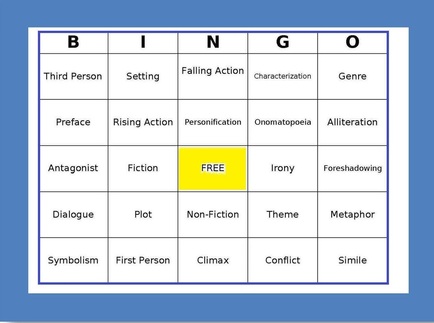 We spent the rest of the class playing Literary Bingo. Students were asked to listen to a definition or example of a literary element and then locate the matching element on their bingo cards. Many of these elements (plot, setting, genre, theme) are ones we have discussed in class or illustrated with class project work. However, several terms were more challenging and new to the students. It was a fun and relaxing way to remind the students of these common literary terms. I've provided the list of terms and definitions (HERE) and would encourage all students to look these over. You just never know when another round of literary bingo may strike! The time is nigh for the publication of the last issue of The Mosaic Monthly! What a wonderful journey this has been for me! I hope your students feel as equally fortified by our experience together. Before I review this week's class, here are some deadlines to keep in mind:
Unless your student has a significant writing assignment due for the paper next week, they should plan to read these pieces aloud on Monday, January 14. From these pieces, I will select a few articles to appear in our last issue. The students normally vote, but in this instance, it will be Editor-in-Chief's choice. There are some students who may need additional time to complete this assignment since they may not have begun their work for Issue III. We went around the room on Monday and clarified everyone's assignment(s), so they should know. Please feel free to ask, however, should anything remain unclear. The Next Steps We have covered so much this semester in terms of the different types of writing found in newspapers today. The students have done a great job of understanding and expressing these differences. Our main challenges lie in choosing topics and pushing ourselves to write more than we think we are capable of. To that end, we engaged in an interesting timed writing exercise on Monday that required students to make a list of objects important to them and then to choose the foremost object they believed they could write a news article on. After writing for five minutes without stopping, we broke into small groups of 2-3. The idea was to read our writing to our partner(s) and for our partner(s) to then give us as much feedback as possible in 2 minutes, without stopping. After receiving feedback, we revised and/or wrote on our topic for another five minutes, switched partners and then repeated the feedback process. The students all agreed it was easier to write than give feedback! We used this opportunity to understand that writing is a process! Publishable writing may need several revisions before it is complete; part of the revision process includes talking about our writing. Next week we will continue our on-going discussions of what makes a good news story and prepare for our last layout session on Monday the 21st. Please feel free to contact me if I can help your student in any way! |
Categories
All
Archives
May 2016
|

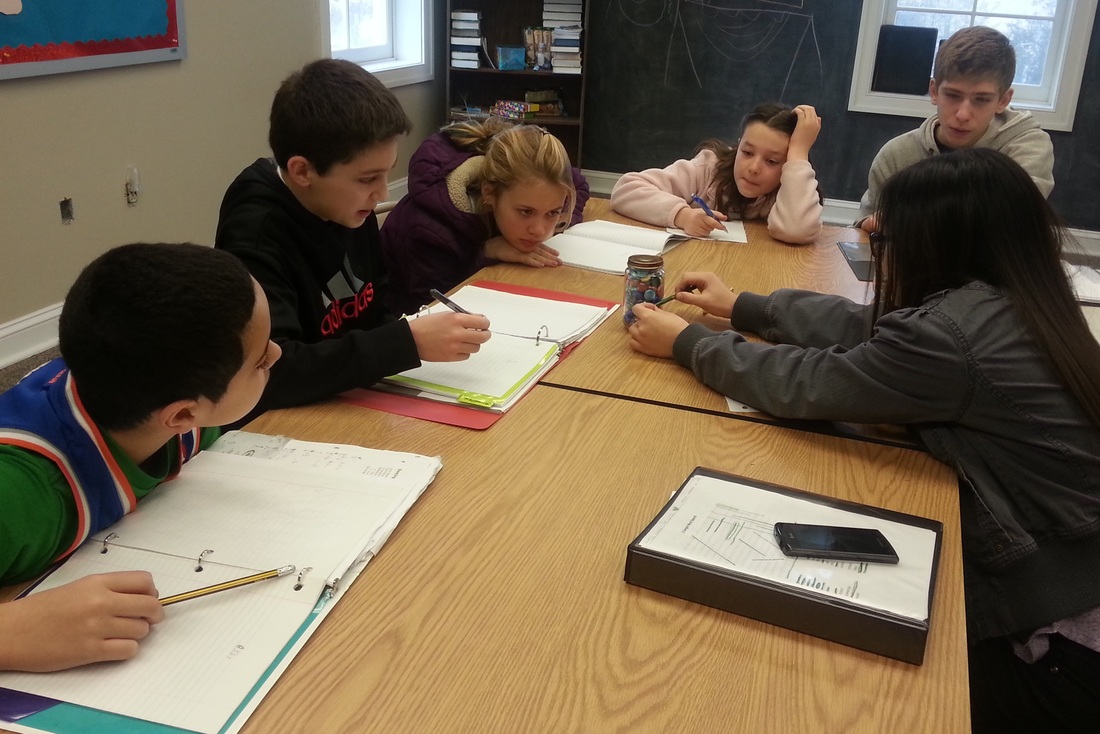
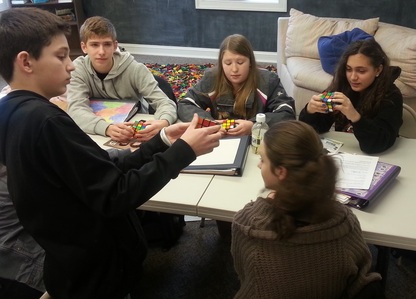
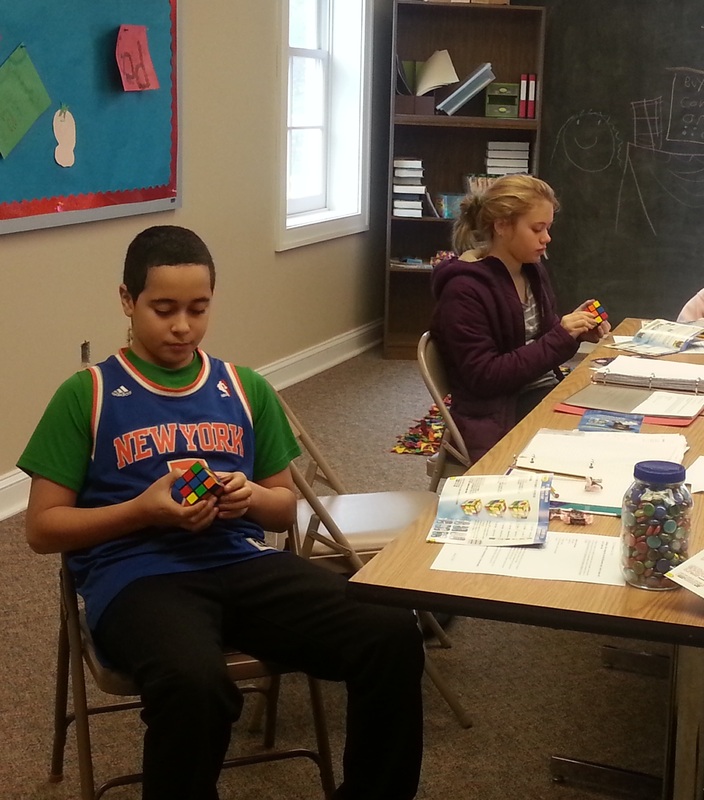
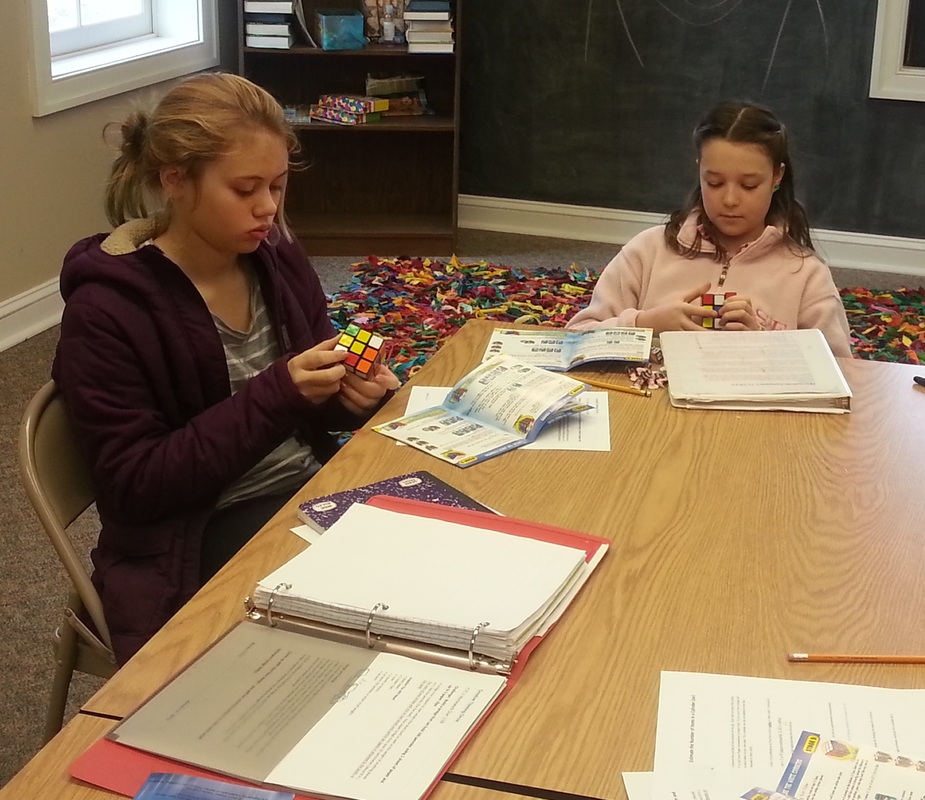
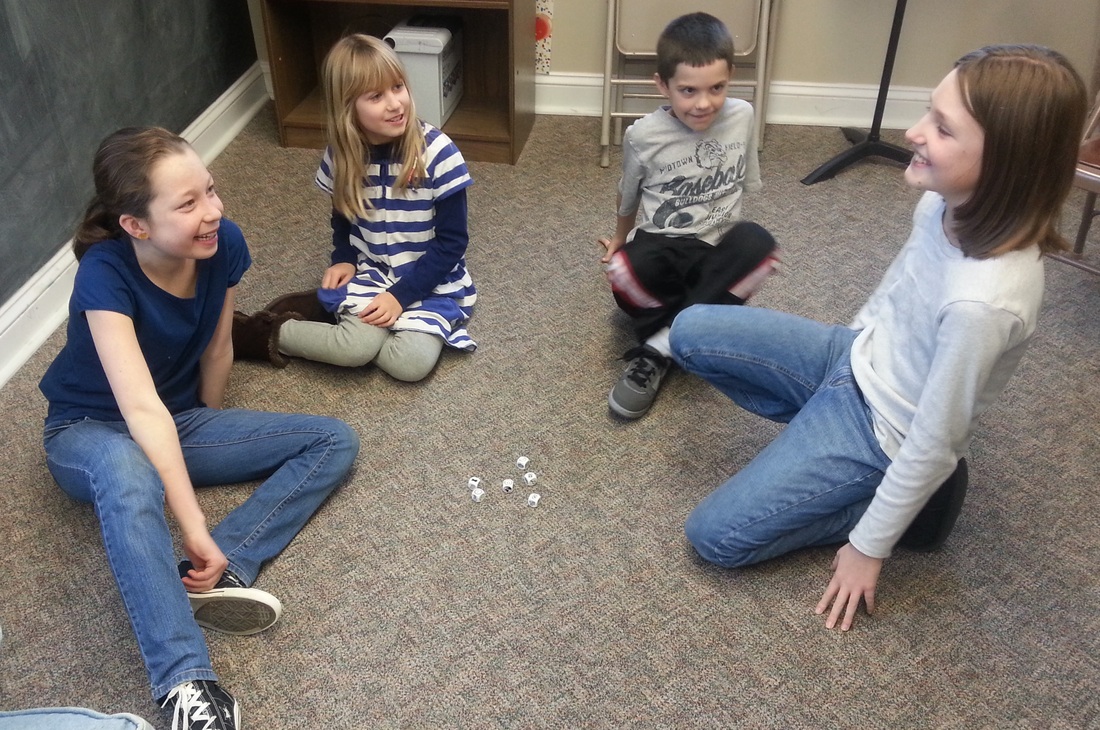
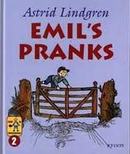


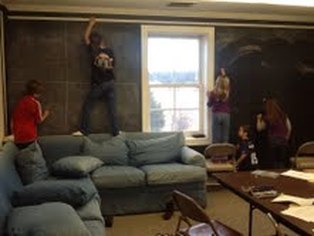
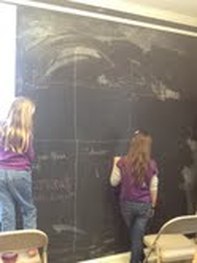
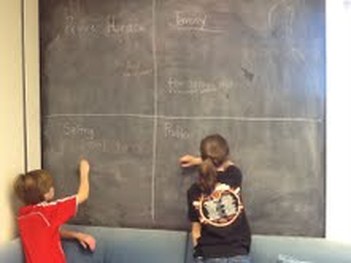
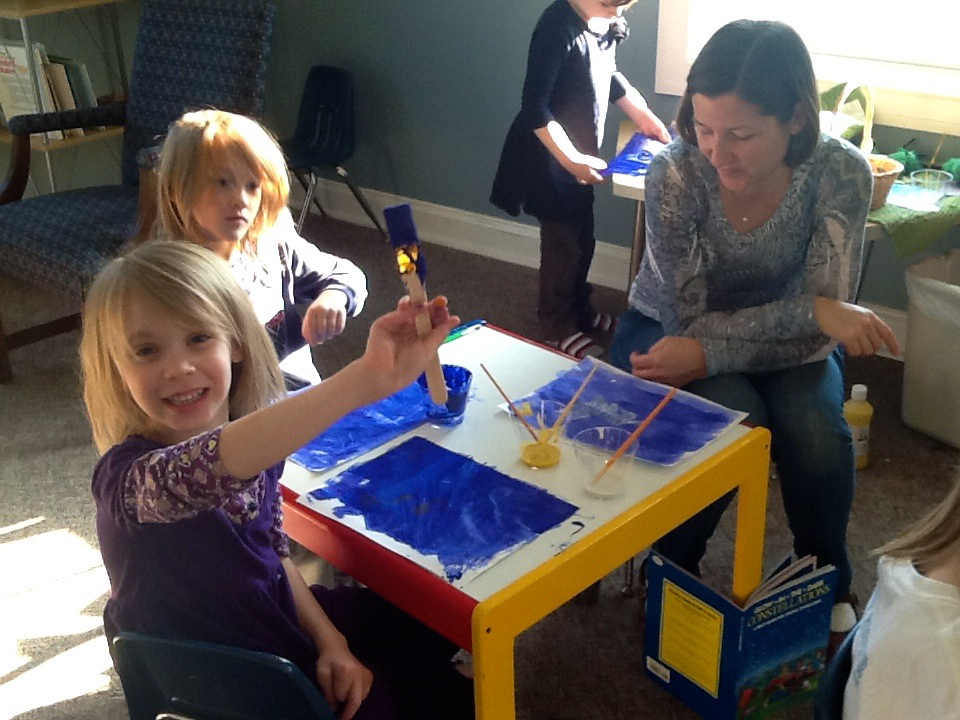
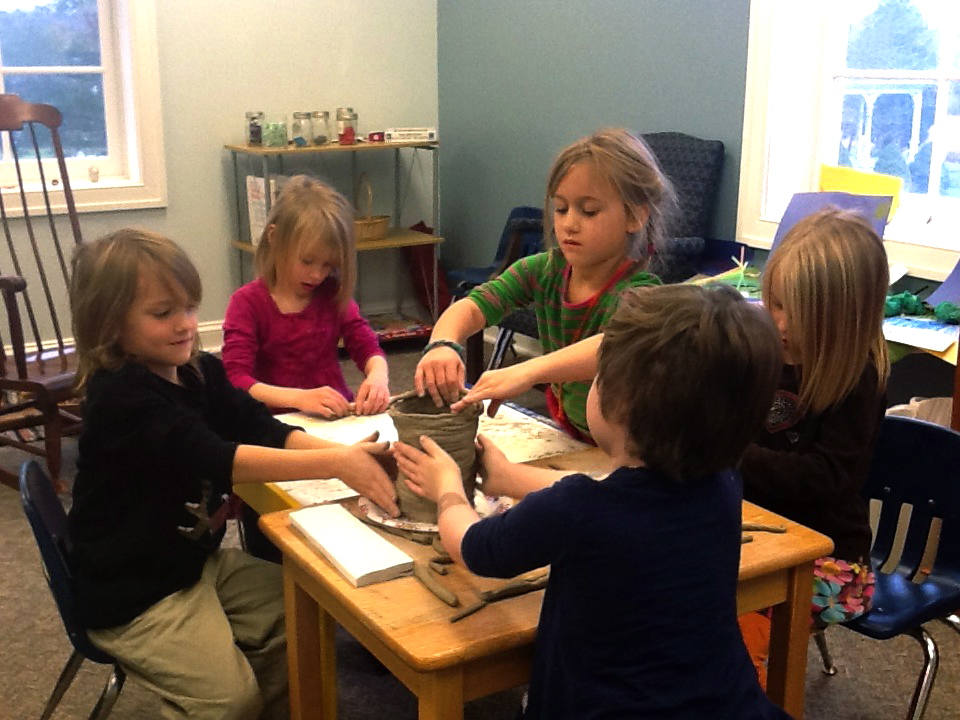
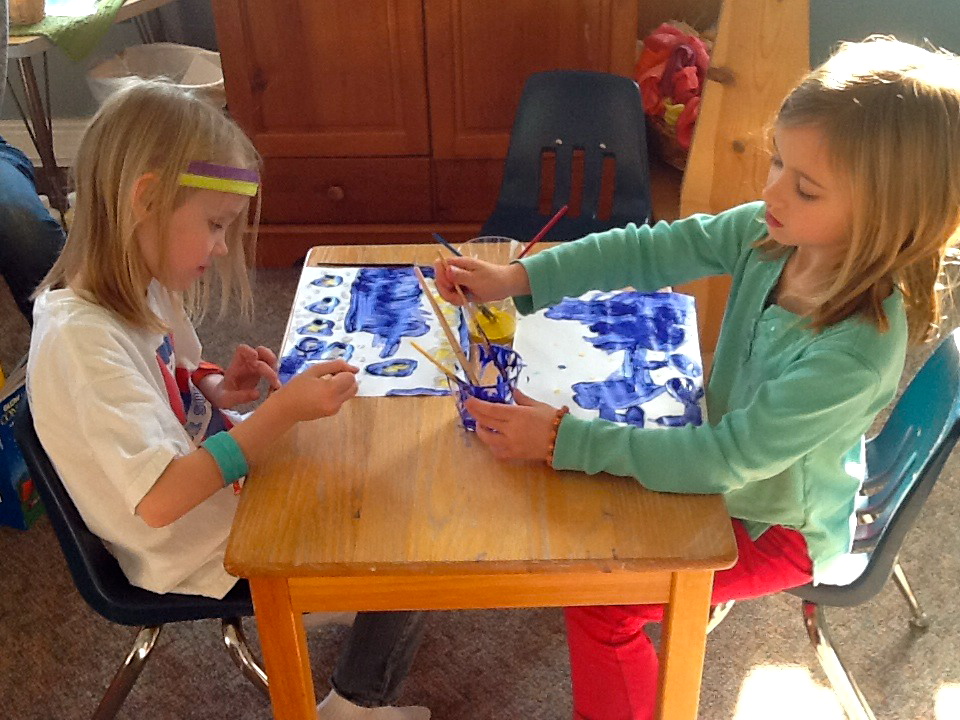
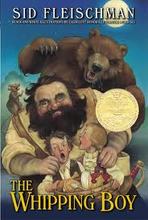
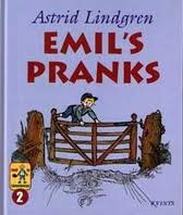
 RSS Feed
RSS Feed